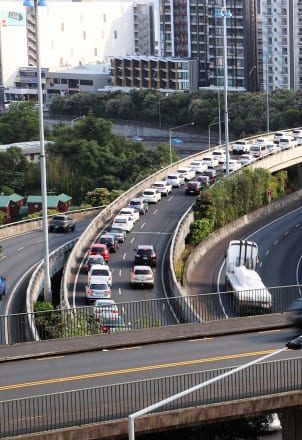Infrastructure & Logistics
COMESA has recognized infrastructure development as a priority and strategic focus area that requires special attention. The Strategic Objective to be pursued is, therefore, to effectively address constraints related to the improvement of infrastructure and services in the region in order to reduce the cost of doing business and also and to enhance competitiveness, through fostering physical regional connectivity and deepening infrastructure integration.
A holistic and corridor based approach to infrastructure development has been adopted s based on three key pillars i.e. policy and regulatory harmonization, development of priority regional physical infrastructure covering transport, information communications technologies (ICT) and energy. The transport sector covers civil aviation, surface transport (covering road and rail) and water transport covering maritime and inland water transport subsectors The ICT comprises telecommunications, broadcasting and postal services subsectors, whilst energy covers electricity, fossil fuels and renewable energy subsectors.Functions
A number of key strategies have been adopted in order to achieve the infrastructure strategic objective indicated above. They include the following: 1. Development and revision of model policies and regulations (for Transport, ICT, and Energy); 2. Development of aid for trade programs along the major regional corridors including the establishment of One Stop Border Posts (OSBPs); 3. Development of legal and institutional frameworks for public private sector partnerships in order to increase the private sector participation in infrastructure development; and 4. Implementation of a communication strategy for the dissemination of information on development of infrastructure projects to all stakeholders.
Units
The Infrastructure & Logistics Division is comprised of the following units which act as specific focus areas.
1
TRANSPORT
Development and revision of model policies and regulations (for Transport, ICT, and Energy)
2
ENERGY
The Energy Sector in the COMESA region has experienced considerable growth over the last few years with the installed power generation capacity growing from approximately 48,352MW in 2012 to 91,969MW in 2019.
3
TELECOMMUNICATIONS
The ICT comprises telecommunications, broadcasting and postal services subsectors, whilst Energy covers electricity, fossil fuels and renewable energy subsectors
Our Team
Infrastructure & Logistics division is comprised of the following team members.
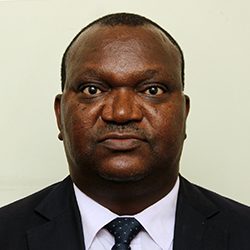
Bernard Dzawanda
Director – Infrastructure & Logistics
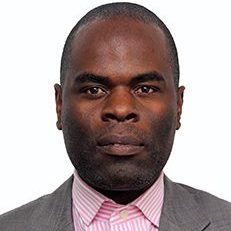
Malama Chileshe
Energy Economist
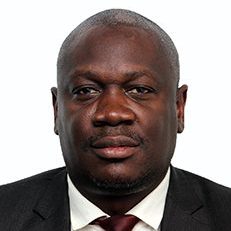
Leonard Chitundu
Telecommunications Officer
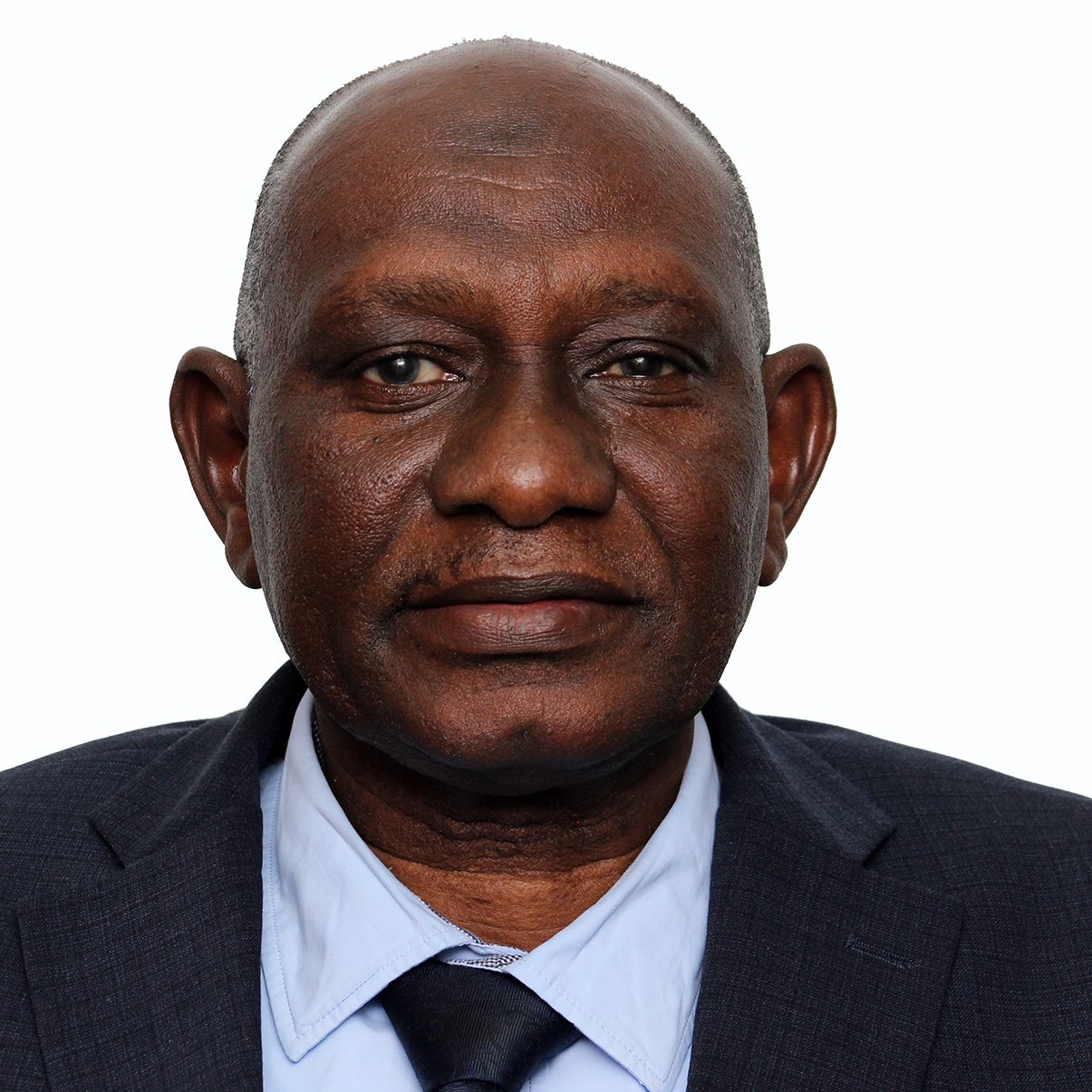
Dr. Mohamedain El-Nasr
Chief Executive Officer – Regional Association of Energy Regulators for Eastern & Southern Africa (RAERESA)


